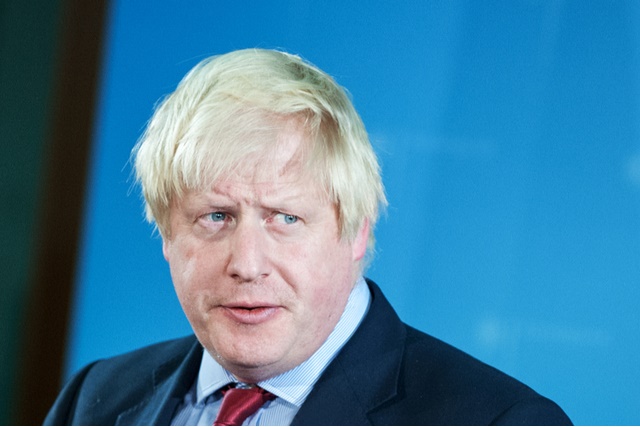Pound to Euro Exchange Rate Continues Advance Thanks to Retail Sales Report
After a week of largely mixed movement, the Pound Sterling to Euro (GBP/EUR) exchange rate could be on track to end the week higher. After rebounding from lows yesterday, the pair continues to edge higher in reaction to this morning’s key data.
GBP/EUR has gradually tumbled this month so far. After opening this week at the level of 1.1050, GBP/EUR saw mixed movement and yesterday slipped to an August low of 1.1027.
However, after touching that low GBP/EUR spent yesterday rebounding. GBP/EUR continues to rise this morning and at the time of writing is trending near a high of 1.1177.
If GBP/EUR is able to sustain these gains, it will mean the pair has recovered all of August’s losses. Not only that, but this is around the best levels for the pair in around two months, since June.
Pound (GBP) Exchange Rate Buoyed by Stronger Retail Stats
Despite mixed support for the Pound (GBP) overall lately, the British currency has seen a rebound in demand this week. Investors are buying the currency thanks to weakness in rival currencies, but also better than expected UK data.
While the latest UK data has not done much to offset concerns about Britain’s overall coronavirus and economic concerns, it has boosted hopes for resilience and recovery somewhat.
A surprisingly large 3.6% jump in monthly retail sales, following the previous month’s rebound of 13.9%, indicated that UK consumer activity had already bounced back to pre-pandemic levels.
Still, there are other fresh factors weighing on Sterling as well today. Britain’s latest public borrowing data revealed that UK national debt had risen to above 2trillion.
This, combined with a lack of Brexit developments in this week’s UK-EU negotiations, could limit the Pound’s potential for gains.
Euro (EUR) Exchange Rates Fail to Hold Ground as Economic Recovery Slows
After months of strong economic data and signs of strongly weathering the coronavirus pandemic, the Eurozone’s economic activity is starting to disappoint investors.
As a result, the Euro’s (EUR) own strong streak is being dampened, allowing for rival currencies to recover more easily.
This morning’s August PMI projections from the Eurozone were notably weaker than forecast. Eurozone services were expected to come in at 54.5 but printed at 50.1, just barely above growth. Manufacturing came in at 51.7 rather than the expected 52.9.
Eurozone Growth in Focus in Quieter Week for Pound to Euro (GBP/EUR) Exchange Rate
Investors may spend much of next week digesting the past week’s news and developments, amid a relatively quiet economic calendar.
Very little notable UK data is due for publication throughout the week. The Confederation of British Industry (CBI) will publish August distributive trades data on Tuesday, which is unlikely to be too influential.
Instead, analysts speculate that the Pound’s advances may be cut short as other uncertainties continue to weigh on Sterling’s outlook. According to Analysts at MUFG:
‘Time is running out and the potential grim couple of months ahead as the furlough scheme reverses coupled with UK-EU trade talks gridlock will we believe limit the scope for further GBP gains from here.’
The Euro, on the other hand, could react to upcoming notable German and French growth rate data.
German growth stats from Q2 due on Tuesday, and French stats due Friday, could be the most influential figures for the Pound to Euro (GBP/EUR) exchange rate next week.


Comments are closed.